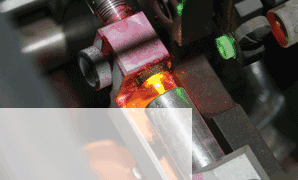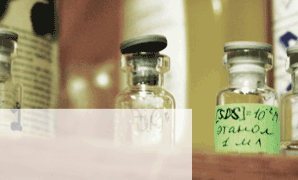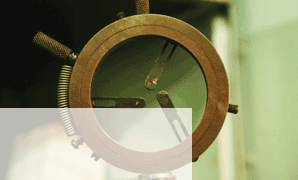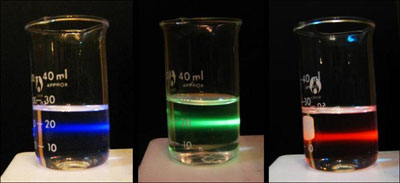 |
Home  Team Team  Contact us Contact us |
| About us | Our activity | Highlights | Publications | Gallery | New events |
| RE-doped nanocrystals | J-aggregates | Cell marking | Inorganic synthesis | Organic synthesis |
 |
 |
 |
Our group deals with such methods of synthesis as:
- sol-gel method
- method of hot coordinating solvents
- method of reverse micells (microemulsion method)
- colloid synthesis
Our results:
A number of rare-earth doped nanocrystals with different size distribution have been synthesised by methods of hot coordinating solvents, microemulsion method and sol-gel method.
fig.1. TEM of Y2O3:Pr3+ nanocrystals synthesised by method of reverse micells.
fig.2. TEM of Lu2SiO5:Ce3+ nanocrystals synthesised by sol-gel method.
fig.3. TEM of Eu2O3 nanocrystals synthesised by method of hot coordinating solvents.
• A number of rare-earth doped nanocrystals in the form of water colloid solutions have been synthesised. We have obtained nanocrystals with average dimensions from 1 to 100 nm with spherical, spindle and rod-like form and different form factor values.
• The influence of shape, dimension and surroundings of nanoparticles on the transport and cell accomulation properties has been investigated.
• The supramolucalar associates in the form of “inorganic particles – organic molecules” complexes are synthesised. The mechanisms of controlled apoptosis under the effect of photo-induced oxidative stress in the cells in presence of supramolecular associates also have been investigated.
• Works for new photodynamical therapy preparations based on the nanocrystal materials are performed.
fig. 4. Water solutions of obtained nanoluminophores under UV irradiation
fig. 5. PEM image of nanoparticles from water solutions
fig. 6. Visual and spectral registration of nanoluminophores in the cell
fig. 7. Accumulation of supramolecular associates and rat hepatocyte apoptosis (left sample is the control one)
to the top




